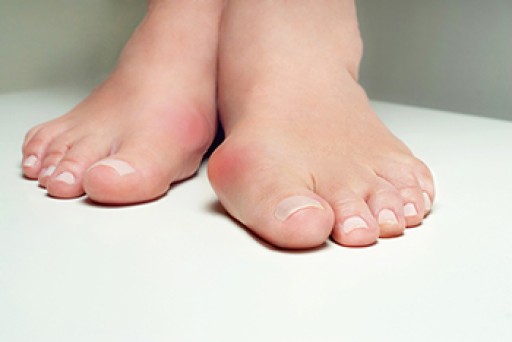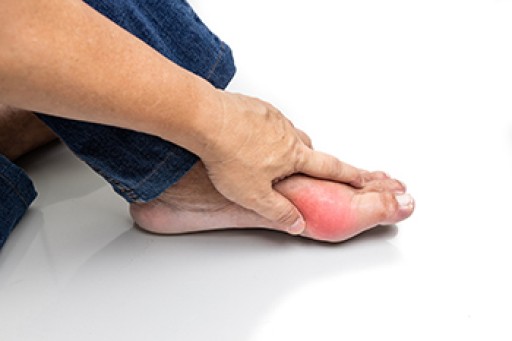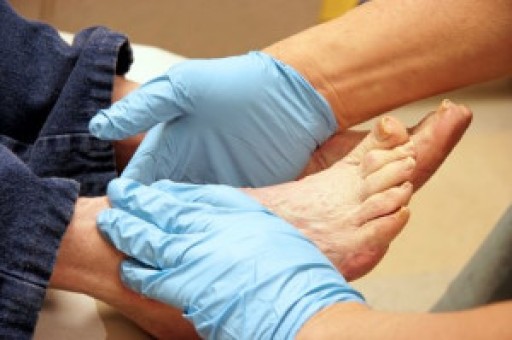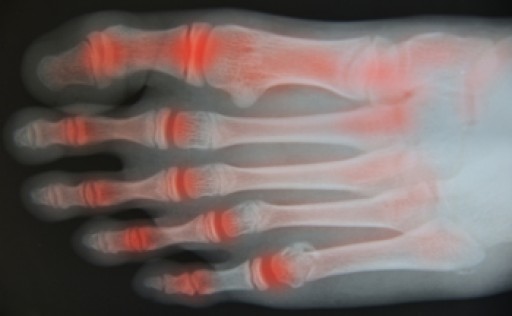
Children's feet are amazing structures that undergo significant development and growth, making them quite intriguing. A baby's foot at birth contains only cartilage and gradually ossifies into bone over time. As they grow, the arches of their feet start forming at approximately age two and continue developing into early adulthood. Surprisingly, children have about twice as many foot sweat glands as adults, but their sweat does not develop an odor until puberty. The skin on a child's foot is also very delicate, making them susceptible to injuries and conditions such as warts and athlete's foot. It is important to encourage barefoot play to promote healthy development. A podiatrist can provide you with knowledge about children’s feet, and it is suggested that you contact this type of doctor if you would like to learn more.
The health of a child’s feet is vital to their overall well-being. If you have any questions regarding foot health, contact one of our podiatrists of Footcare Now. Our doctors can provide the care you need to keep you pain-free and on your feet.
Tips for Keeping Children's Feet Healthy
- Make sure their shoes fit properly
- Look for any signs of in-toeing or out-toeing
- Check to see if they have Clubfoot (condition that affects your child’s foot and ankle, twisting the heel and toes inward) which is one of the most common nonmajor birth defects.
- Lightly cover your baby’s feet (Tight covers may keep your baby from moving their feet freely, and could prevent normal development)
- Allow your toddler to go shoeless (Shoes can be restricting for a young child’s foot)
- Cut toenails straight across to avoid ingrown toenails
- Keep your child’s foot clean and dry
- Cover cuts and scrapes. Wash any scratches with soap and water and cover them with a bandage until they’ve healed.
If you have any questions, please feel free to contact our offices located in Elmhurst Jackson Heights, and Astoria, NY . We offer the newest diagnostic and treatment technologies for all your foot care needs.











